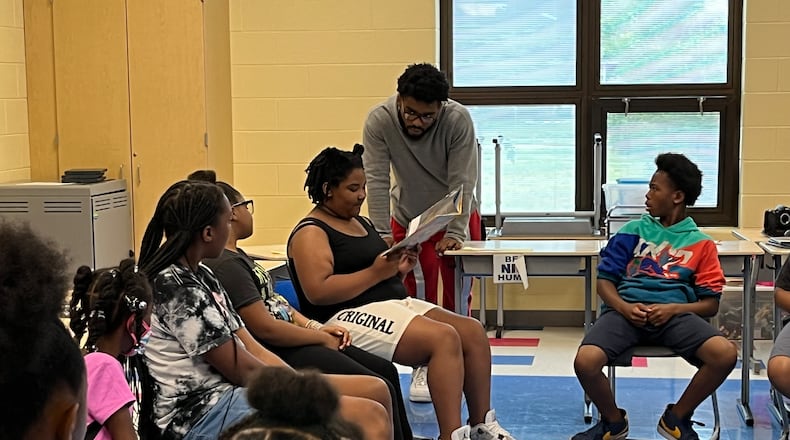According to the NAEP, average scores for age 9 students in 2022 declined 5 points in reading and 7 points in mathematics compared to 2020. The organization said this is the largest average score decline in reading since 1990, and the first ever score decline in mathematics.
Many of the highlights of the NAEP report released this week are backed up by previous research that students across the country fell behind as a result of the COVID-19 pandemic, during which schools shut down and went remote for varying periods of time.
State-level research from Ohio State University and the national NAEP results both showed that students who had already been struggling in school fell behind the most during the pandemic.
The NAEP results showed students who had more support from teachers did better in school and didn’t lose as much. That included having access to technology, as well as a teacher who spoke with the students every day.
In the results from Ohio State, the students who did the best went back to school in-person the quickest. These were typically suburban districts, as several of the biggest urban districts in Ohio didn’t return to school until March 2021.
The Ohio Department of Education is scheduled to release 2021-22 report cards for Ohio schools on Sept. 15, with much of the data coming from state tests that students took in the spring.
U.S. Education Secretary Miguel Cardona said the NAEP data should be used to help those districts who are still struggling the most, not to punish them. He said schools should be using their federal COVID-19 funding to help make sure students are caught up.
“Our top priority remains to make sure states, schools, and districts are using these funds on strategies we know work, like well-resourced schools, high-dosage tutoring and enriching after-school programs — and directing the most resources towards students who fell furthest behind,” Cardona said.
American Federation of Teachers president Randi Weingarten said the unfortunate effects of the pandemic were shown in the data from the report.
“These scores reiterate the vital importance of this school year to help students recover and thrive,” Weingarten said. “This is a year to accelerate learning by rebuilding relationships, focusing on the basics and investing in our public schools.”
About the Author

